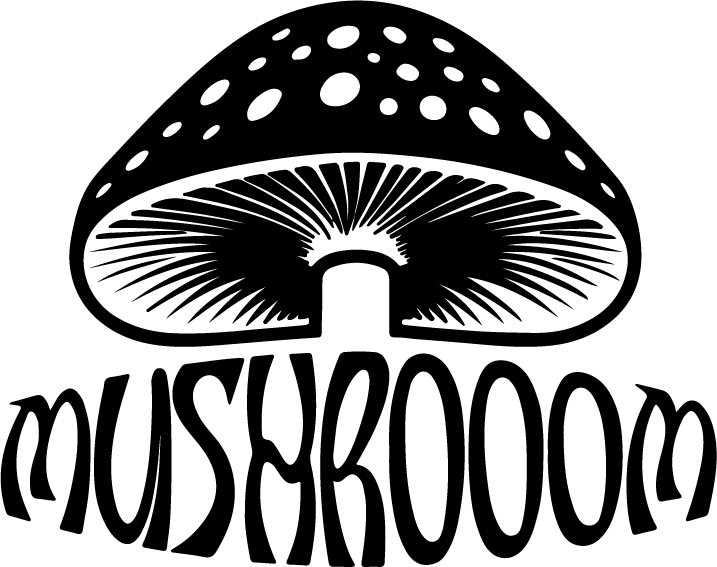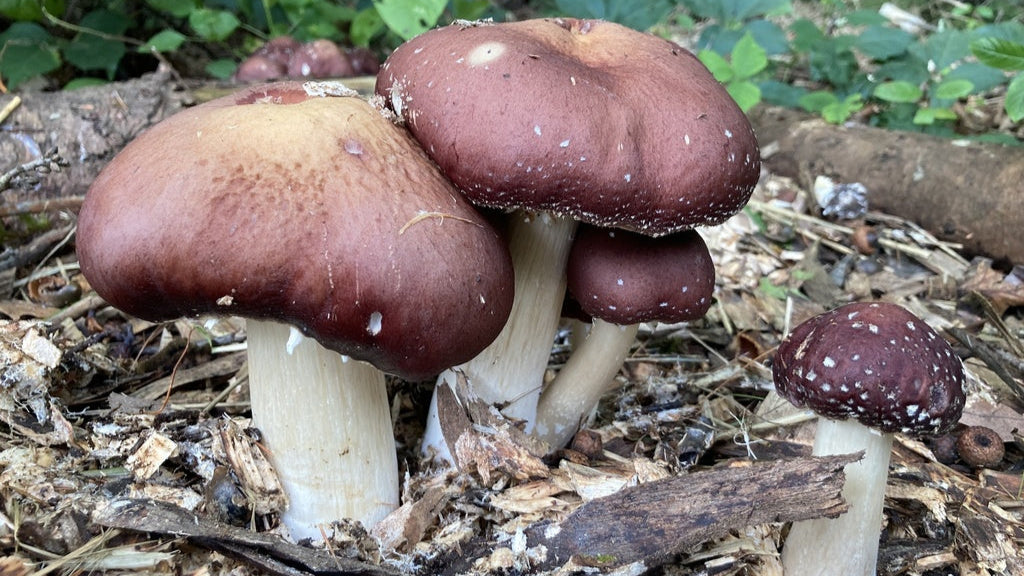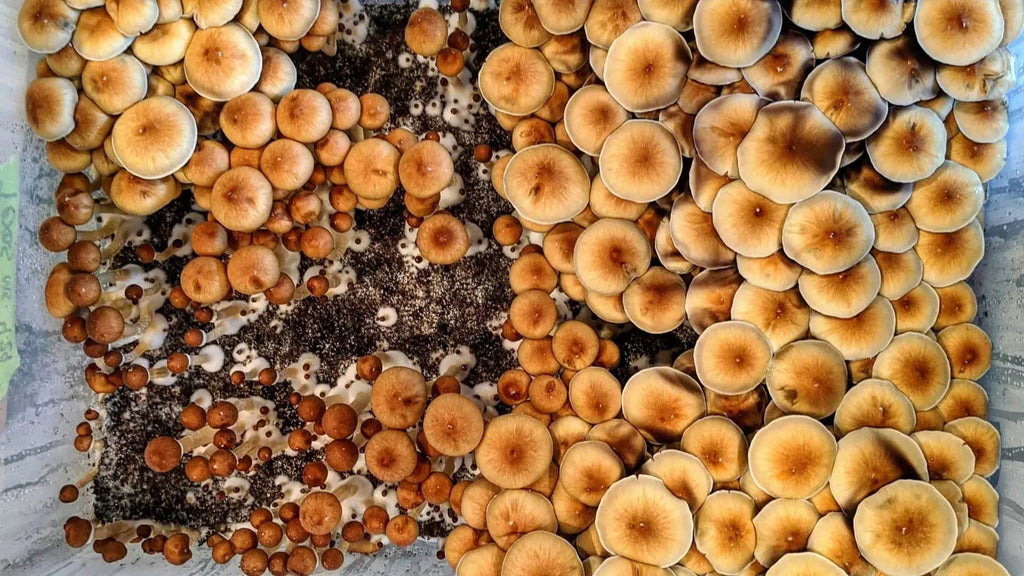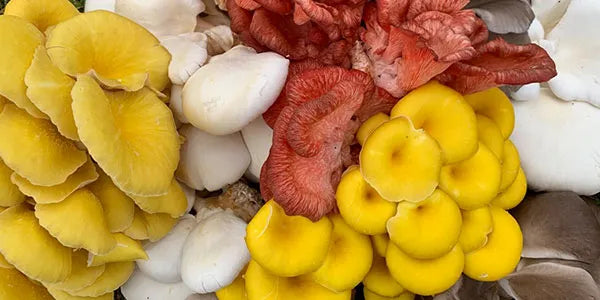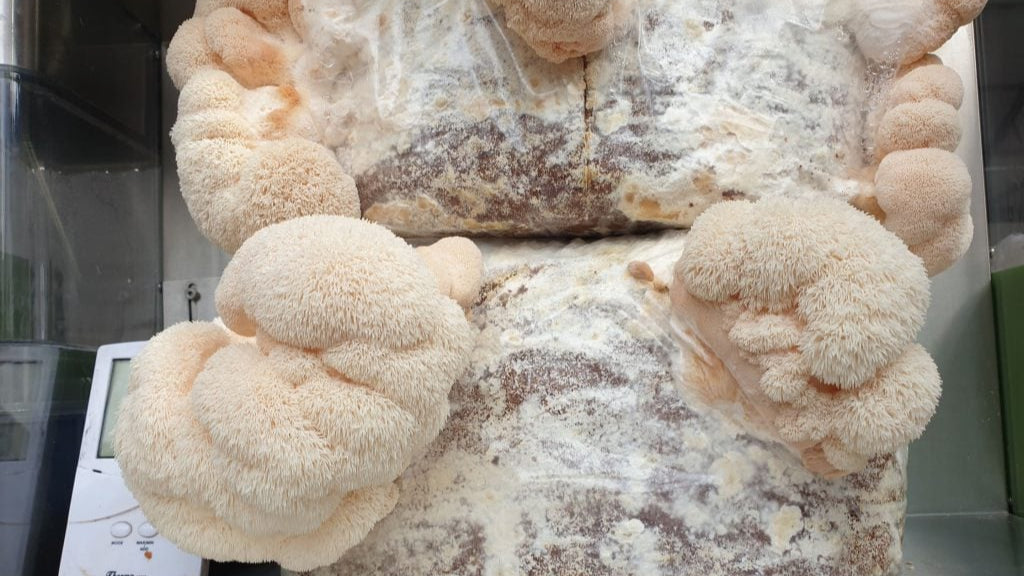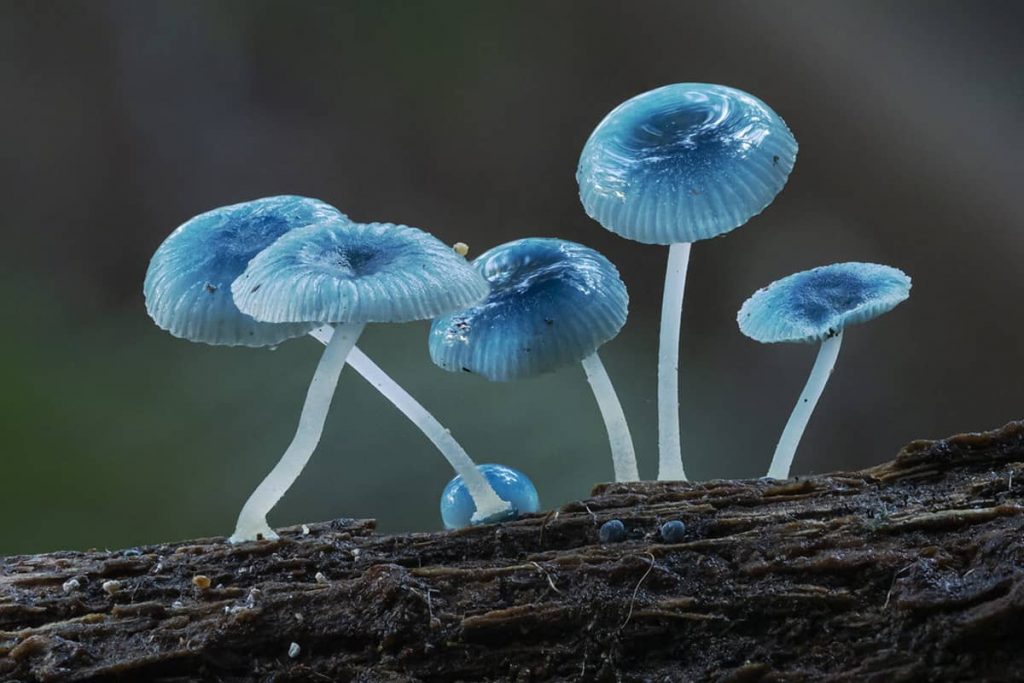
The Mushrooms People Eat the Most & The World’s Largest Mushroom Markets

Mushrooms have been a staple in global cuisine for centuries, valued not only for their unique flavors and textures but also for their health benefits and culinary versatility. From fine-dining restaurants to home kitchens, mushrooms are enjoyed in countless ways — sautéed, grilled, roasted, or blended into sauces and soups.
The mushroom industry has exploded in recent decades, driven by rising health-consciousness, plant-based eating trends, and global trade. Below, we’ll explore the most popular mushrooms people eat worldwide and reveal which countries lead the way in production and consumption.
Top Mushrooms People Eat Around the World
1. White Button Mushrooms (Agaricus bisporus)
White button mushrooms are by far the most widely consumed variety globally. They’re affordable, easy to find year-round, and extremely versatile in cooking. Their mild, delicate flavor pairs well with countless dishes, from pasta and pizza to salads and stir-fries.
Interestingly, white button mushrooms are the same species as cremini and portobello mushrooms — the difference lies in their maturity. White button mushrooms are harvested young, resulting in a softer texture and lighter color.
2. Cremini Mushrooms & Portobello Mushrooms
Cremini mushrooms, also called “baby bella,” are a slightly more mature version of white button mushrooms. They have a deeper brown color and a more robust, earthy taste.
If left to grow even longer, creminis become portobello mushrooms. Portobellos are large, meaty, and hearty, often used as a vegetarian alternative to burger patties or grilled steaks. Their rich flavor makes them a favorite in plant-based cooking.
3. Shiitake Mushrooms
Shiitake mushrooms are one of the most popular mushrooms in Asian cuisine and have gained global popularity for their deep, savory “umami” flavor. They’re commonly used in soups, stir-fries, and noodle dishes.
Beyond taste, shiitakes are known for their impressive nutrient profile, including B vitamins, selenium, and zinc. They’ve also been linked to potential immune-support benefits, making them appealing to health-focused consumers. Shiitake mushrooms account for roughly a quarter of the world’s mushroom production.
4. Oyster Mushrooms (Pleurotus spp.)
Oyster mushrooms are named for their oyster-shaped caps and delicate texture. They have a mild, slightly sweet flavor and are popular in both Asian and European cuisines.
They’re particularly loved by chefs for their ability to absorb flavors from sauces and marinades. Oyster mushrooms also represent about 25% of global mushroom production and are cultivated in a variety of colors, including white, pink, and yellow.
5. Morels, Enoki & Maitake
While less common in everyday cooking, these specialty mushrooms are highly valued in gourmet cuisine:
Morels: Wild mushrooms prized for their honeycomb-like caps and intense, earthy flavor. They’re seasonal and often more expensive due to the difficulty of cultivation.
Enoki: Long, thin mushrooms with a crisp bite, popular in Japanese and Korean dishes like hot pot and ramen.
Maitake (Hen-of-the-Woods): Known for their layered, feathery appearance and bold flavor, maitake mushrooms are often used in soups, sautés, and medicinal teas.
The Biggest Mushroom Markets & Producers in the World
Global Market Overview
The mushroom market has experienced rapid growth in the past two decades. Valued at around USD 50 billion in 2021, it’s projected to surpass USD 115 billion by 2030, driven by rising demand for plant-based protein, health-conscious diets, and culinary innovation.
This growth is not just limited to traditional varieties — specialty mushrooms like maitake, lion’s mane, and king oyster are also gaining attention among consumers and chefs.
Leading Mushroom-Producing Regions
China: The undisputed leader in global mushroom production, responsible for about 80% of the world’s supply. With a long history of mushroom cultivation and consumption, China produces over 5 million metric tons annually. Shiitake, oyster, enoki, and wood ear mushrooms are especially popular domestically.
Italy: The largest producer in Europe, with around 785,000 metric tons per year. Italian cuisine relies heavily on mushrooms like porcini, which are also exported globally.
United States: Produces around 388,000 metric tons annually, with Pennsylvania and California as the main hubs. White button, cremini, and portobello mushrooms dominate the U.S. market.
Consumption Trends
In Asia, mushrooms are a daily staple and incorporated into soups, stir-fries, and medicinal preparations. In Europe and North America, mushrooms are more often used as meat substitutes, gourmet ingredients, or nutritional supplements. The growing popularity of vegetarian and vegan diets is pushing mushroom consumption higher year after year.
Why Mushroom Demand Keeps Growing
Health Benefits – Mushrooms are naturally low in calories, fat-free, and rich in fiber, antioxidants, and essential nutrients.
Sustainability – They require less water, space, and resources compared to traditional crops or livestock.
Culinary Versatility – From comfort foods to gourmet dishes, mushrooms fit into almost any cuisine.
Plant-Based Movement – As more people reduce meat consumption, mushrooms provide a satisfying, umami-rich alternative.
Final Thoughts
From the humble white button to the exotic morel, mushrooms have secured a permanent place on tables worldwide. The biggest markets, led by China, Italy, and the United States, continue to expand as consumers discover new varieties and innovative ways to enjoy them.
As health trends, sustainability goals, and culinary creativity converge, it’s clear that mushrooms aren’t just a side ingredient anymore — they’re becoming a star player in modern diets.
